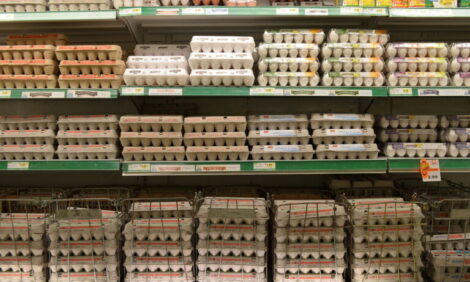



GLOBAL POULTRY TRENDS 2011 - No Significant Egg Trade in Africa or Oceania
The countries in Africa and Oceania are not significant traders in shell eggs or products, according to Terry Evans in the second part of his analysis of the egg industries in these regions.The combined total of shell egg exports from these two regions amounted to little more than 0.5 per cent of world trade in 2009 (table 1).
Shipments from African countries have changed little during the past decade and have never exceeded 7,000 tonnes a year.
South Africa is the leading exporter with sales ranging from less than 500 tonnes to almost 4,000 tonnes a year.
In recent years, shell egg imports into Africa have been relatively stable at around 50,000 tonnes a year (table 2). Three countries – Angola, Libya and Liberia – accounted for the bulk of this business taking almost 27,000 tonnes or 60 per cent of the total in 2009. However, Swaziland and Sierra Leone purchased more than 2,000 tonnes in that year while Egypt, Mozambique, Senegal and the Sudan each took more than 1,000 tonnes.
The trend in Oceania’s shell egg exports is similar to that for Africa with, in general, the annual totals showing little movement around 1,000 tonnes a year. The extraordinary high figure of more than 3,000 tonnes recorded for New Zealand in 2009 was mainly due to an unusual shipment of some 1,250 tonnes to Fiji.
It is worth reiterating that these FAO figures are for all hen eggs, including hatching eggs. This is particularly important when looking at the data for Oceania as table eggs cannot be imported into Australia, hence the figures for this country, which also affect the total for Oceania, must relate to hatching eggs or hen eggs used for pharmaceutical or other purposes.
The trade in dried and liquid eggs into and from these two regions (tables 3, 4, 5 and 6) appears to be minimal.
May 2012














